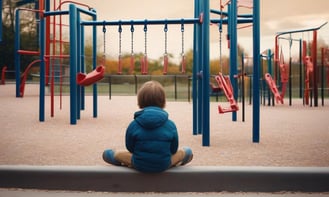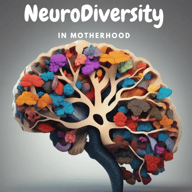Definition, Characteristics, and Identification of Twice Exceptional (2E)


Definition of Twice Exceptional (2E)
This term refers to individuals who are both gifted and also have a learning disability or a neurodevelopmental condition, such as autism, ADHD, or dyslexia. Being 2E has unique challenges and strengths, often leading to misunderstandings in educational and social settings. Therefore, understanding the complexities of being 2E is crucial for providing adequate support.
Characteristics
Children and adolescents who are 2Es often exhibit a combination of the following traits:
Advanced Abilities: Many 2E individuals demonstrate exceptional talent in specific areas from a young age, such as mathematics, art, music, or creative thinking. They may be able to grasp concepts far beyond their peers.
Learning Difficulties: Besides their giftedness, these individuals may struggle with learning disabilities that hinder their performance in traditional academic settings. These include difficulties in reading, writing, or processing information.
Emotional and Social Challenges: They often experience social difficulties, heightened sensitivity, or anxiety related to their dual status. They might feel out of place among peers, leading to frustration or isolation.
Performance Variable: There are often significant discrepancies between students' academic ability and school performance. However, while they may excel in subjects of interest, they might also require accommodations to address their learning challenges.
Identification
Identifying twice-exceptional students requires a nuanced approach. It often involves:
Comprehensive Assessment: Yearly identification is crucial, and it requires gathering information from multiple sources, including parents' observations from a very young age, standardised tests, teacher observations, and assessments. Psychologists may conduct evaluations that consider both giftedness and learning disabilities.
Observation of Discrepancies: It is key to notice a child's dual nature. Signs include outstanding skills in one area and struggles in others, particularly in traditional academic settings.
Collaboration: Collaboration among parents, educators, and psychologists is essential. This team should create an individualised education plan (IEP) that addresses the child's gifts and challenges.
In conclusion
Recognising and supporting twice exceptional individuals demands understanding, empathy, and tailored strategies. These children can thrive when appropriately identified and nurtured, leveraging their strengths while navigating challenges.
References
Reis, S. M., & McGuire, J. M. (2009). Giftedness and Learning Disabilities: Overcoming the Puzzle of 2E Learners. Gifted Child Quarterly.
Neihart, M. (2002). The Myth of the Gifted Child: How to Nurture Creative Ability in Children with Learning Disabilities. American Journal of Psychotherapy.
Ford, D. Y., & Tatum, A. S. (2013). Critical Issues and Practices in Gifted Education: What the Research Says. Prentice Hall.
Kauffman, J. M., & Landrum, T. J. (2013). Characteristics of Emotional and Behavioral Disorders of Children and Youth. Pearson.
